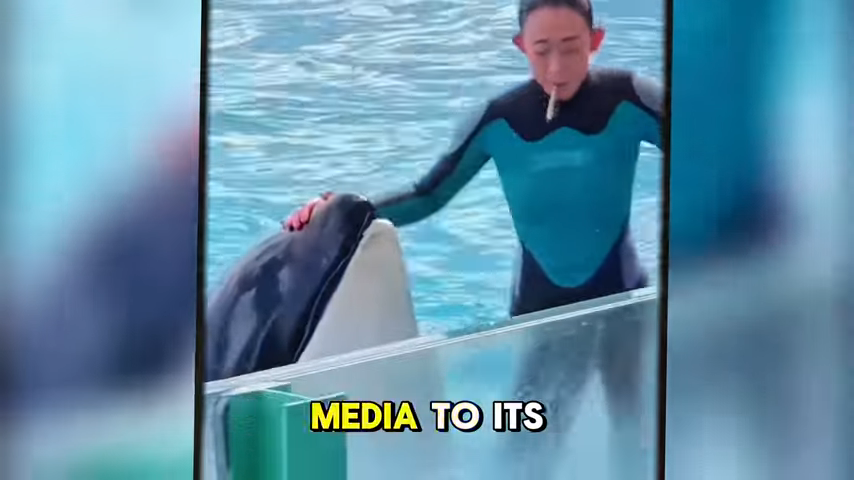In recent weeks, the name Jessica Radcliffe has been making waves online. Tied to a shocking story of an orca attack, the narrative captivated millions. But, as it turns out, Jessica Radcliffe isn’t real. The story of her death at the hands of an orca is completely fabricated.
The viral video depicting the alleged attack had all the right elements: dramatic visuals, a voiceover that sounded just believable enough, and an air of tragedy. It quickly spread across social media platforms, igniting debates about orca safety and marine park practices. But experts soon debunked the video, revealing that no such trainer by the name of Jessica Radcliffe ever existed.
The Fiction of Jessica Radcliffe
| Attribute | Details |
|---|---|
| Name | Jessica Radcliffe |
| Profession | Alleged marine trainer (fictional) |
| Claimed Location | Marine park (fictional) |
| Claimed Incident | Orca attack (false) |
| Verification | No credible records or sources |
| Hoax Origin | AI-generated content |
| Real-World Parallel | Links to real orca trainer incidents |
Jessica Radcliffe, as it turns out, is a product of AI manipulation. Her story was carefully crafted using recycled footage from other marine incidents. The attention to detail made it all too easy for people to believe that this tragic event was real. What seemed like an isolated incident was, in fact, a carefully engineered piece of misinformation.
Why Did the Hoax Gain Traction?
The viral nature of the Jessica Radcliffe story owes much to its resemblance to real tragedies. Past incidents, like the deaths of SeaWorld trainer Dawn Brancheau and others, have become infamous. These events have been documented and discussed extensively, creating a strong cultural memory that made the Radcliffe story feel plausible.
The hoaxers skillfully blended these real-life elements with fabricated details, hoping to trigger an emotional response from viewers. The result? A story that people shared, discussed, and believed, often without questioning its authenticity.
The Real Tragedies Behind the Hoax
While the Jessica Radcliffe incident was fake, it borrowed from the real dangers trainers face when working with orcas. In 2010, Dawn Brancheau was tragically killed by an orca at SeaWorld—a story that still resonates today, partly due to the Blackfish documentary. But the hoax took those real-world tragedies and twisted them into entertainment, distracting from the real conversations around animal welfare and captivity.
Rather than highlighting the need for ethical reforms in marine parks, the fabricated Radcliffe story turned the issue into a sensationalized spectacle, reducing real issues to clickbait.
The Harm of Spreading Misinformation

While the Jessica Radcliffe hoax may seem harmless, it has larger implications. It distorts public understanding of the real risks associated with working with powerful marine animals. It also shifts the conversation away from necessary debates about orca captivity, animal welfare, and the safety of marine trainers.
The viral spread of fake stories has become an unfortunate side effect of our digital age. Misinformation can spread faster than truth, and once a hoax gains momentum, it’s incredibly difficult to stop. This particular hoax serves as a reminder of the dangers of unchecked content on social media platforms.
How to Spot Misinformation Online
The rise of AI-driven content means that spotting fake stories is harder than ever. However, there are a few strategies to help you separate fact from fiction:
- Verify with Multiple Sources: If a story seems too shocking to be true, check it against reputable news outlets. If it’s legitimate, others will be reporting it.
- Examine the Video Details: Look for signs of manipulation, such as odd lighting, mismatched audio, or awkward transitions—common markers of deepfakes.
- Use Fact-Checking Tools: Platforms like Google Image Search and AI detection tools can help you confirm whether content has been altered or fabricated.
By incorporating these habits into our digital lives, we can all play a part in combating the spread of misinformation.
For more information on how AI is reshaping the media landscape, visit this authentic source.
